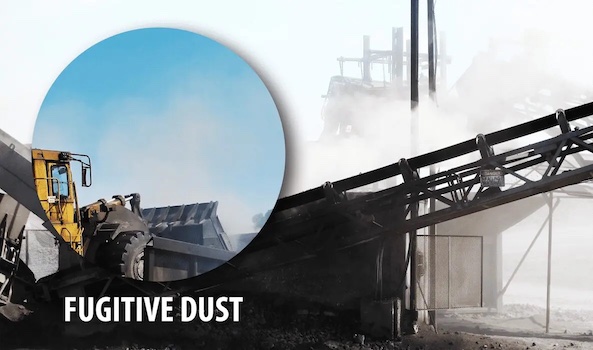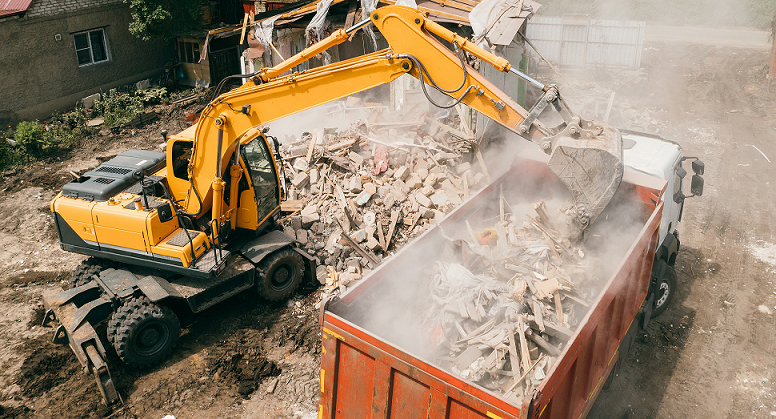Fugitive Dust Mitigation Training
On September 14, 2023, CALTAP piloted "Fugitive Dust Mitigation", the first in a series of upcoming trainings from its Sustainable Engineering Training Academy (SETA). The SETA platform provides transportation and construction engineering communities with module-based training in the areas of green buildings, environmental impacts of construction and mitigations, and structural health monitoring systems.
Presented by lead SETA developer Dr. Hamid Rahai of the CSULB College of Engineering, Fugitive Dust Mitigation opened with an overview of fugitive dust characteristics, its impact on public health, and common dispersal sources from traditional construction.
Dr Rahai's lecture was flanked by series of local construction project case studies delivered by key industry partners, which included:
- Austin Cho and David Tran from the Port of Long Beach showcased dust mitigation strategies deployed during the Gerald Desmond Bridge project in Long Beach.
- Ken Taylor from the Griffith Company shared best practices in fugitive dust mitigation and how various strategies and methodologies are selected to match specific construction project characteristics.
- David Khorram from the City of Long Beach concluded the training by explaining the typical permitting process for regional construction projects.
Key Training Takeaways
- Dust generated from demolition and construction activities as well as vehicle travel on unpaved roads can cause and/or worsen asthma and cancer conditions.
- Fugitive dust generation can be empirically derived using a spreadsheet handout to calculate construction dust emissions based on equipment used, type of activity, vehicle miles traveled, project or activity duration, project site road conditions, applied architectural coatings, and paving materials used.
- Common dust mitigation factors include frequency of watering, limiting traffic speeds, and using tarps or other temporary coverings on dirt, debris, and storage piles at the construction site.
- Contractors, public agencies, and tribes can save money by using reclaimed water, blast cannons, and irrigation lines to abate construction dust dispersal.
- Mitigation strategies are applicable to both small and large-scale construction projects.
Fugitive Dust Mitigation is the first in a series of SETA course modules,
subscribe to our weekly e-newsletter to find out more about new upcoming trainings!
Dr. Hamid Rahai
Dr. Hamid Rahai is founding director of the Center for Energy & Environmental Research & Services (CEERS) and a professor at CSULB’s Mechanical & Aerospace Engineering and Biomedical Engineering departments.
Dr. Rahai is owner/co-owner of several patents in wind energy, reducing ambient NOx of diesel and CNG engines, and reducing the drag of airfoils at subsonic and transonic speeds.
Fugitive Dust
Fugitive dust is an environmental air quality term for very small particles suspended in air, commonly due to construction and agriculture.
Dust and particulate matter becomes "fugitive" when lifted into the air by turbulence from wind erosion or mechanical forces such as demolition, excavation, or heavy vehicle traffic.
Fugitive dust is a critical environmental consideration, being linked to various respiratory issues including aggravated asthma, chronic bronchitis, emphysema, and obstructive pulmonary disease.

-0.jpg)